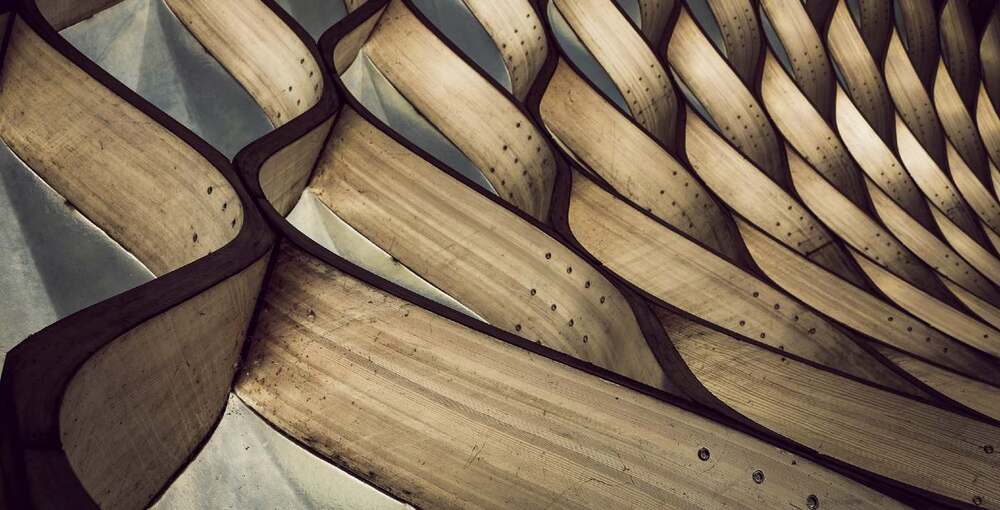Don’t cut down trees! Will this catchphrase always be a catchphrase? We have been cutting down trees as they grow, and there are no limits to how many there are.
A global forest survey shows that since the beginning of human civilization, we have already killed off 54% of all the trees on Earth. This is despite the fact that most people know that uncontrolled deforestation is one of the main reasons why there are so many heat waves, droughts, and tsunamis.


Does that mean we’ll just keep cutting down trees to get what we want?
No longer, though. All of this is because of a revolutionary idea we told you about in May 2022. Then, a study in the journal Materials Today talked about the world’s first 3D-printed wood that was grown in a lab. With this research, MIT scientists showed that cutting down trees to make wood is no longer necessary.
Not cutting down trees to make furniture
The people who wrote the study used the cells of a flowering plant called Zinnia elegans, which is also known as common zinnia, to make customizable wood in the lab. They said that with their new method, they could bio-print pieces of wood in any shape or size. This means that if you need a table made of wood, you can make one right out of the cells.
As a result, there is no tree cutting or waste, as there is with traditional furniture. This was done by giving the cells of common zinnias a liquid medium and then a gel solution. This one had hormones and nutrients in it.
By changing how much of these hormones were in the plant matter, the researchers could change its stiffness, strength, density, and many other physical and mechanical properties.
In their paper, the authors wrote, “(Our) recent work proposed a novel approach to generate 3D-printed, tunable plant materials from cell cultures. This could reduce waste, increase yields and production rates, and cause less damage to the environment because cultures are made from a non-sacrificial plant sample instead of whole plants.”
This is just a small start
After Ashley Beckwith finished her research at MIT, she started a company called FORAY Bioscience to keep working on new ways to grow wood without cutting down trees. The way plants are grown now, using cells from common zinnias, is only the first step in this direction.
It’s also the first time that tissue engineering has been used to make plant matter in a lab. Scientists have only used this method to grow animal cells until now.
“Similar ideas have not been applied to plant cultivation, especially when it comes to making materials. In their study, the researchers say, “This work is the first look at a cellular agriculture approach to making plant materials.”
Beckwith and her team now want to use cells from trees like pine to 3D print wood in a lab. Once this happens, there will no longer be any reason to cut down trees.




